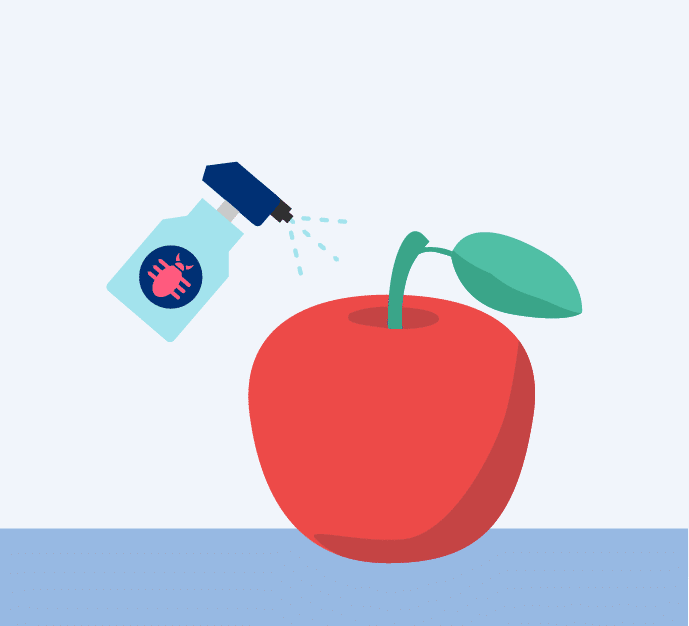On Jan 11, 2022, EPA published a final regulation establishing an exemption from the requirement of a tolerance for residues of Acetic acid ethenyl ester, polymer with ethene, N-(hydroxymethyl)-2-propenamide, and 2-propenamide; (AM-E-NMA-VA) when used as an inert ingredient in a pesticide chemical formulation. Celanese Corporation Ltd., submitted a petition to EPA under the Federal Food, Drug, and Cosmetic Act (FFDCA), requesting an exemption from the requirement of a tolerance. This regulation eliminates the need to establish a maximum permissible level for residues of Acetic acid ethenyl ester, polymer with ethene, N-(hydroxymethyl)-2-propenamide, and 2-propenamide (AM-E-NMA-VA) on food or feed commodities.
Context:
Section 408(c)(2)(A)(i) of FFDCA allows EPA to establish an exemption from the requirement for a tolerance (the legal limit for a pesticide chemical residue in or on a food) only if EPA determines that the exemption is “safe.” Section 408(c)(2)(A)(ii) of FFDCA defines “safe” to mean that “there is a reasonable certainty that no harm will result from aggregate exposure to the pesticide chemical residue, including all anticipated dietary exposures and all other exposures for which there is reliable information.” This includes exposure through drinking water and use in residential settings but does not include occupational exposure. Section 408(b)(2)(C) of FFDCA requires EPA to give special consideration to exposure of infants and children to the pesticide chemical residue in establishing an exemption from the requirement of tolerance and to “ensure that there is a reasonable certainty that no harm will result to infants and children from aggregate exposure to the pesticide chemical residue . . .” and specifies factors EPA is to consider in establishing an exemption.
Contact RegASK to know more about Chemical regulation changes.
Contact RegASK for more details Read more
